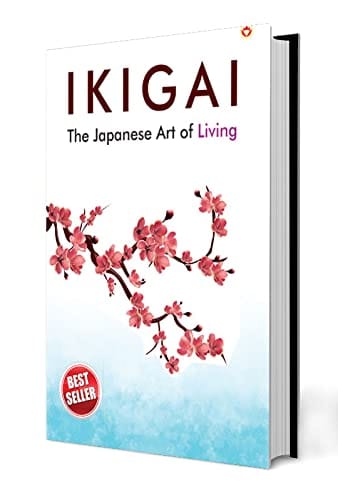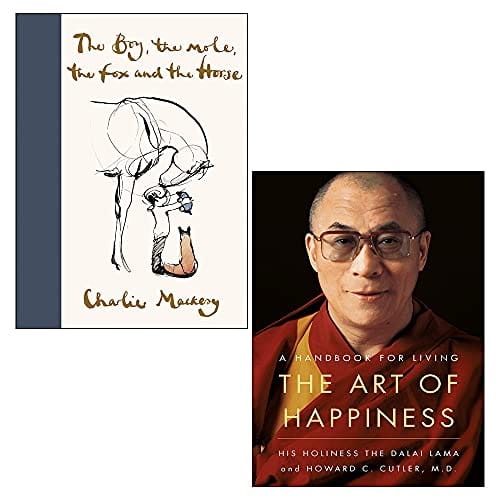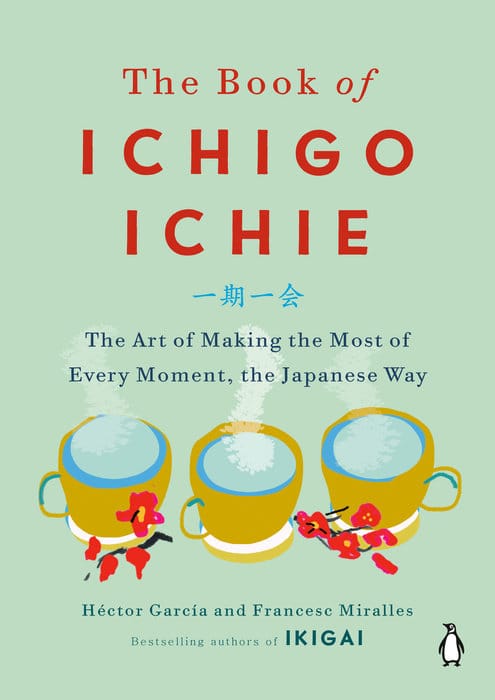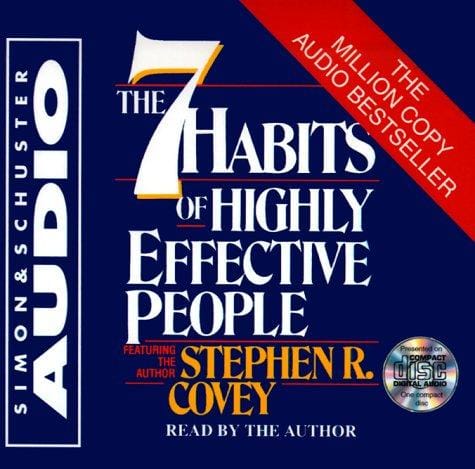What Is Ikigai? A Practical Guide to Finding Your Purpose
Learn the meaning of Ikigai, its four pillars, and actionable steps to uncover your personal purpose and live a balanced, fulfilling life.

Introduction to Ikigai
Ikigai (pronounced "ee-kee-guy") is a Japanese term that roughly translates to "reason for being." It represents the sweet spot where what you love, what you are good at, what the world needs, and what you can be paid for intersect. While the word has ancient roots in Okinawan culture, it has recently gained worldwide attention as a framework for cultivating purpose, balance, and lasting happiness. Far from a fleeting trend, Ikigai offers a holistic roadmap for designing a life that feels both meaningful and sustainable.
Origins of the Concept
The idea of Ikigai dates back to Japan’s Heian period, yet it is most closely tied to Okinawa, an island region famous for longevity and robust community ties. Researchers of Blue Zones—areas where people routinely live past 100—credit the Okinawan interpretation of Ikigai as a key contributor to residents’ remarkable health and lifespan. Unlike Western constructs that often separate work and life, Ikigai embodies an integrated philosophy: your purpose permeates everything from your career to your hobbies, social relationships, and even mundane routines.
The Four Pillars of Ikigai
The popular Venn diagram that circulates on social media distills Ikigai into four overlapping questions. While the original Japanese concept is broader, these pillars provide a convenient launch pad for self-reflection and action.
1. What You Love (Passion)
This pillar asks you to identify activities that ignite genuine joy. Think back to moments when time seemed to disappear, whether you were painting, debugging code, coaching a youth team, or gardening. These clues highlight intrinsic motivation—tasks you would pursue even if no one paid or praised you.
2. What You Are Good At (Vocation)
Passion without competence can lead to frustration. The second pillar focuses on your skills, strengths, and talents. You may be naturally gifted at public speaking, adept at spreadsheets, or quick to grasp foreign languages. Honest feedback from friends, mentors, and performance reviews can illuminate abilities you might overlook.
3. What the World Needs (Mission)
Ikigai emphasizes contribution. Asking what problems you can help solve widens your perspective beyond personal satisfaction. Global challenges—climate change, digital literacy, mental health—offer countless avenues to direct your energy. Aligning your passions and strengths with genuine social needs magnifies impact and fulfillment.
4. What You Can Be Paid For (Profession)
Finally, a sustainable life purpose must intersect with economic reality. This does not mean choosing the highest-paying option, but rather identifying pathways where your skills and contributions support a livelihood. Monetization ensures you can devote substantial time to your purpose without chronic financial stress.
Benefits of Living with Ikigai
When the four pillars converge, research suggests a cascade of benefits. People who articulate and pursue their Ikigai report higher life satisfaction, stronger resilience during setbacks, and lower risk of cardiovascular disease. Psychological studies link purpose to reduced cortisol levels and better sleep quality. Meanwhile, organizations that encourage employees to connect daily tasks to a larger mission enjoy higher engagement, creativity, and retention.
How to Discover Your Own Ikigai (Step-by-Step)
Step 1: Reflect and Document
Set aside undistracted time to journal on each pillar. Write lists without self-censorship; volume beats perfection at this stage.
Step 2: Seek External Input
Interview trusted friends, colleagues, and family. Ask what they perceive as your strengths and how your presence benefits them. Fresh perspectives can uncover hidden gifts.
Step 3: Identify Overlaps
Compare your lists to spot recurring themes. Perhaps teaching appears under passion, skill, and social need, signaling fertile ground for exploration.
Step 4: Prototype Small Experiments
Pilot your hypotheses through low-risk actions: volunteer for a workshop, start a side project, or shadow professionals. Treat each experiment as data, not a lifelong commitment.
Step 5: Iterate and Commit
Refine your direction based on feedback and emotional resonance. When you find an activity that energizes you, adds value to others, and can generate income, deepen your commitment through additional training or resource allocation.
Common Misconceptions
It’s instant. Discovering Ikigai is rarely a lightning-bolt revelation. More often, it unfolds through iterative self-discovery and course corrections.
It must be career-focused. While Ikigai can inform your vocation, it can also manifest in parenting, community leadership, or artistic pursuits.
It requires quitting your job. Sometimes Ikigai aligns with your current role, needing only a mindset shift or expanded responsibilities rather than drastic change.
Integrating Ikigai Into Daily Life
Purpose is not a distant milestone; it thrives in everyday habits. Start mornings by revisiting your guiding question: "How will I live my Ikigai today?" Schedule time blocks for meaningful tasks before low-priority errands claim your energy. Communicate your purpose to teammates so they can align projects and offer support. Lastly, practice intentional rest. A well-rested mind engages deeper with tasks that matter.
Final Thoughts
Ikigai reminds us that purpose is both personal and communal, joyful yet disciplined. By systematically exploring what you love, what you are good at, what the world needs, and what can sustain you financially, you craft a compass that guides big decisions and micro-moments alike. Begin the journey with curiosity, embrace iteration, and watch as your days gradually mesh into a life story worth telling.



